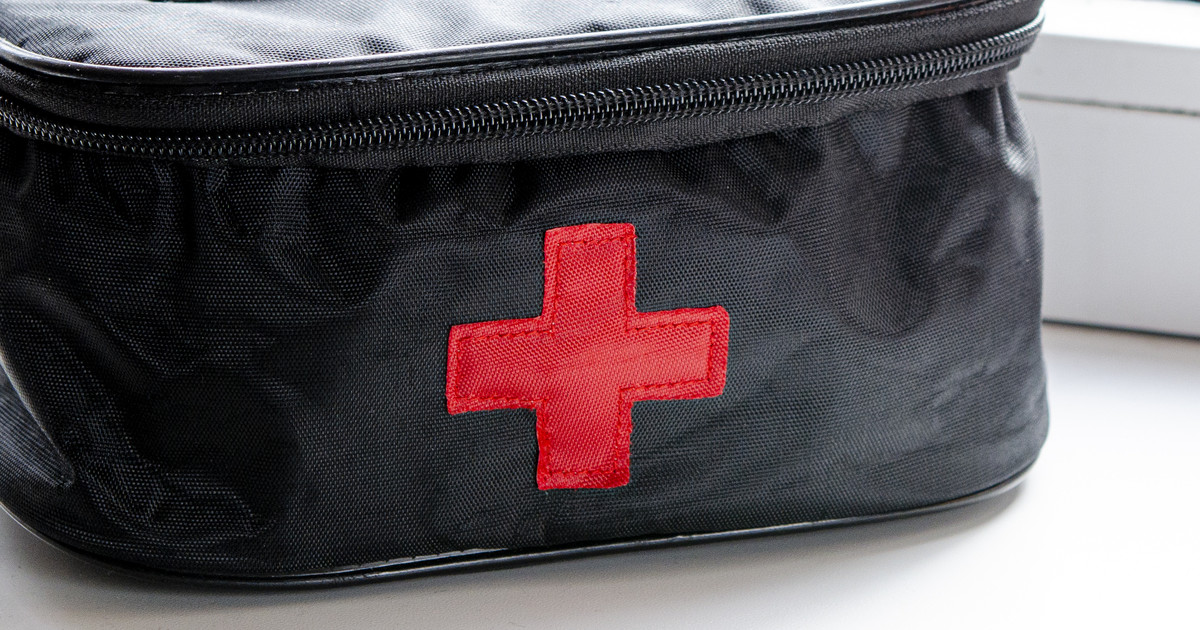Guide To Treating And Managing Hemophilia
Hemophilia is a disorder where the blood cannot clot the way it should. Clotting is slowed and patients will bleed quite a lot even after a small injury. Hemophilia A is the most common form, followed by hemophilia B. The reason patients do not clot properly and can experience sudden bleeding is that they are lacking either factor IX or VIII, which are two clotting factor proteins. In almost all cases, hemophilia is an inherited condition.
Hemophilia treatment depends on the type of hemophilia the patient is suffering from as well as the clotting factor they are lacking. The goal of all treatments for hemophilia, of course, is for the blood to clot properly. Thus, patients will see treatments such as clotting medication and manufactured clotting factors. They’ll also deal with lifestyle changes and physical therapy for hemophilia.
Clotting Replacement Therapy
Hemophilia patients often receive clothing replacement therapy with medicine that mimics the clotting factor they are missing. For individuals with hemophilia A, this is concentrated VIII medicine. Concentrated IX medicine is used for hemophilia B patients. In both cases, the medicine is given through a vein in the arm or a chest port.
Clotting replacement therapy is used regularly to prevent episodes of severe bleeding or on demand when bleeding occurs. Unfortunately, individuals can develop antibodies that attack the clotting medicine they are receiving, which means they will have to find another treatment. This occurs most often in hemophilia A.
Learn about the most common type of medication used to treat hemophilia next.

Clotting Medication
Patients will often be prescribed clothing medication to treat their condition and make life easier to manage. The most common medication prescribed for hemophilia A patients is desmopressin, which mimics a hormone called vasopressin. This stimulates the release of needed clotting factors in the blood. This includes the clotting factor that is responsible for platelet adhesion, called von Willebrand factor, which stops bleeding when a cut occurs. It is not used frequently as this can make it less effective. It is instead used when needed to reduce bleeding, such as before a patient goes in for dental work.
Get more information on how medication helps treat hemophilia now.

Other Medication
Some individuals with hemophilia may benefit from taking anti-fibrinolytic drugs. These drugs help prevent clots from breaking down, thus lessening the risk of bleeding. The most common of these medications is tranexamic acid. It is most often considered when a patient is at a very high risk of hemorrhaging. These are often given alongside clotting medications.
The dose and how often patients take these drugs depends on their condition severity. These drugs can be taken before surgery to prevent bleeding or on a short-term basis for other instances of bleeding. For the most part, patients will take tranexamic acid as an oral medication, though children with hemophilia may be given a liquid version instead.
Discover the impact of physical therapy on hemophilia next.

Physical Therapy
Hemophilia patients will often bleed internally. Unfortunately, this puts them at an increased risk for joint damage. When doctors find that this is the case, they will often recommend for patients to go for regular physical therapy sessions. This helps maintain the function of the joints and keeps the risk of additional damage low. The precise frequency varies from patient to patient and is measured on what work needs to be done to account for the damage.
In most cases, patients will have rest periods in between rounds of physical therapy. They will also be given specific exercises to perform at home in between each session. If the damage is severe enough, patients may need surgery to correct the issue. Physical therapy is often prescribed after this as well.
Find out if lifestyle helps patients manage this condition next.

Lifestyle Remedies
There are some major lifestyle remedies individuals with hemophilia must work into their routine. Everyone should know basic first aid if they get injured and start bleeding. The goal is to lessen the bleeding as much as possible and will often include putting ice on the wound and applying pressure.
Individuals with this condition should also engage in low-impact exercises such as walking, swimming, and cycling. These help reduce the impact on the joints and keep them protected by improving muscle strength. Patients must also go to the dentist regularly and maintain good oral health since dental procedures increase the risk of severe bleeding.
